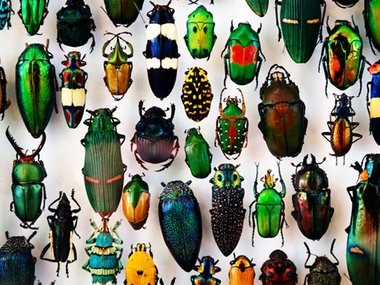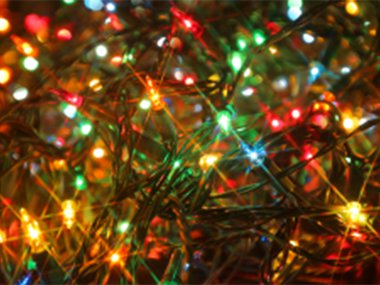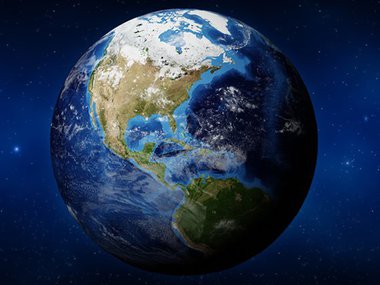Question Your World: Can Our Lights Cause Problems?
In 1879, Thomas Edison unveiled the light bulb at a dramatic ceremony in Times Square. Since then, humanity has been obsessed with our 24-hour access to light. We’ve filled our homes, cars, streets, highways, and parking lots with an abundance of lights. While controlled light has been very handy in keeping us safe and entertained at night, there have been some pretty big issues as well. Today let’s dive into the question: Can light cause problems?
One of the most noticeable impacts of human-made light is the ever shrinking number of stars we can see from our houses. Not too long ago, it was common to be able to see the Milky Way from our front yards. As the industrialization of our planet slowly took place, we started to lose sight of the stars. Currently nearly a third of our population can not see the arm of the Milky Way from home.
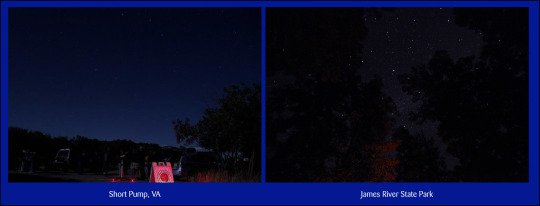
Obviously, this issue has a direct impact on our curiosity and appreciation of the natural world. For 250,000 years, humans have been looking up and wondering what could possibly be out there. This issue never strikes us as a top priority when dealing with the billions of people suffering from economic, political, cultural, or natural hazards. Regardless, the easiest thing to observe is the lack of stars in our night sky and the immediate impacts that makes.
Beyond that, there are some serious concerns over the night sky and the issue of light pollution. Our body, over millions of years, has evolved with a circadian rhythm. This is the 24-hour cycle that dictates when our body will do the various tasks it needs to do to keep us in tiptop operating condition. This affects when and how we sleep, produces vital biological resources for daily use, and helps guide the body’s long term development. All of these functions are triggered by a group of cells located behind the eye. Thus, light plays a vital role in the functionality of our circadian landscape. Visible light synchronizes our circadian rhythms to a 24-hour solar cycle. Controlled laboratory studies have shown that exposure to light during the night can disrupt circadian rhythm and neuroendocrine physiology, which in turn can accelerate tumor growth.
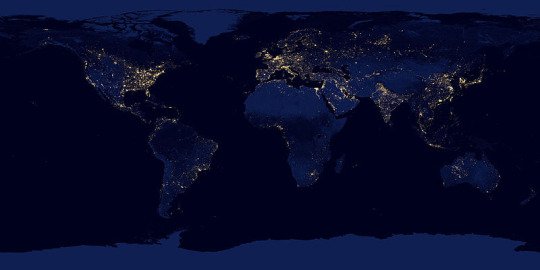
Beyond the human impact, the situation is dire for some of our animal friends. Turtles, birds, and beetles are among the many animals that use natural mileposts such as the stars to help them find their way through the globe. Animals, such as the dung beetle, memorize the night sky and then use it as a map to find their homes. The light from these distant celestial objects also factors into schedules for mating. The excess light that we throw into the sky is becoming a problem for these animals as they go about their daily lives.
Aside from large life events like migrations and mating, there are some more common factors that impact animals as well. For example, the blackbird family has many urban dwellers. In the last few years, studies have concluded that our nighttime illuminations are having a large impact on how these birds sleep, thus impacting their behaviors and productivity for the duration of their lifetime. A lot of these changes may not stand out as urgent needs, considering the plethora of problems that one can find on the front page of any news site, but, regardless, we must keep in mind that these smaller issues do catch up with us over long periods of time. A vast fluctuation in how turtles, birds, bees, and beetles behave may not be apparent today, but a long term trend could easily impact everything from soil quality to biodiversity to agriculture. It’s all truly connected.
This new study is proclaiming that one third of the world is now impacted by light pollution. Perhaps now is a good time to heed the advice of a real nighttime expert, the owl. You know the expression, give a hoot and don’t pollute the night sky!
